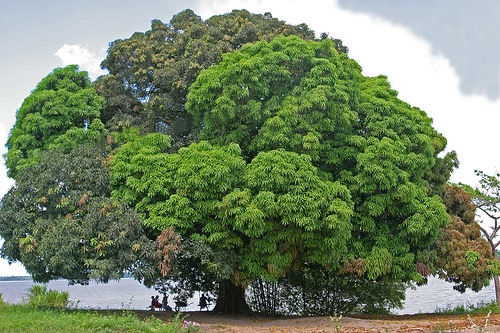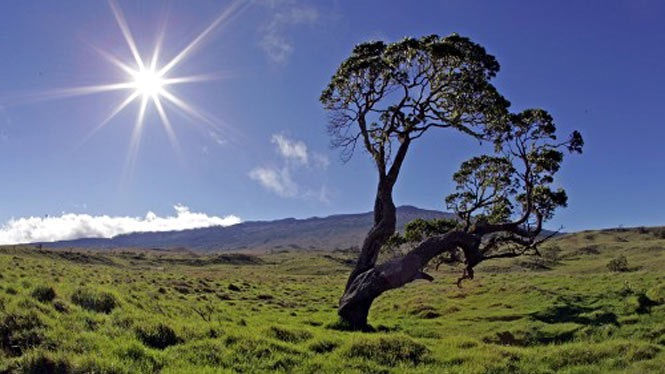Welcome to Hawaiian Kiawe Wood
- Dakota fitzner
- Apr 2
- 2 min read
Updated: Sep 1

Welcome to Hawaiian Kiawe Wood
Discover the unique attributes, practical applications, and important considerations of Kiawe wood—ideal for woodworking, landscaping, and environmental projects.
Introduction to Kiawe Wood
The Kiawe tree, also known as algarroba or mesquite (Prosopis pallida), is a resilient and highly versatile species introduced to Hawaii. Widely recognized for its durability and multiple uses, Kiawe has become an essential resource in Hawaii's dry regions.
Characteristics of Kiawe Wood
Understanding the physical properties of Kiawe can help you determine if it’s the right choice for your project:
Appearance: Rich, dark reddish-brown color, often characterized by unique grain patterns.
Density: Very dense, heavy wood (specific gravity 0.85), resulting in superior strength and stability.
Resistance: Exceptionally resistant to decay, moisture, and shrinkage.
Longevity: Remarkable durability, with trees living up to 1,000 years.
Practical Uses and Benefits
Kiawe wood is favored for diverse applications due to its remarkable attributes:
Woodworking and Construction
Furniture and Cabinetry: Ideal for crafting furniture, cabinetry, and decorative woodwork due to its attractive appearance and durability.
Fence Posts: Perfect for fences and outdoor construction because of its natural resistance to decay and pests.
Tool Handles: Historically used for creating sturdy handles and tools, including mallets and rifle stocks.
Fuel and Charcoal
Renowned for producing high-quality charcoal and slow-burning firewood, favored by chefs and grilling enthusiasts.
Industrial Applications
Kiawe bark produces tannins and gums useful in the manufacturing of varnishes, glues, and medicinal products.
Environmental Impact and Sustainability
Kiawe's adaptability and ecological impact should factor into your purchasing decision:
Erosion Control: Frequently planted to control erosion, stabilize landscapes, and restore ecosystems in dry areas.
Canopy Formation: The only coastal tree in Hawaii capable of forming dense, shade-giving canopies, enhancing outdoor recreational areas.
Environmental Considerations: Despite its benefits, Kiawe is considered invasive in Hawaii, often outcompeting native plants and creating dense, thorny thickets.
Buying Kiawe Wood: What to Consider
When selecting Kiawe wood for your project, consider the following:
Project Needs: Assess whether the wood’s durability and resistance align with your specific use.
Sourcing and Sustainability: Opt for suppliers that practice responsible harvesting, ensuring minimal environmental disruption.
Quality Inspection: Verify the wood for consistent quality, checking for proper drying, density, and freedom from defects.
Conclusion: Making an Informed Purchase
Kiawe wood’s durability, distinctive appearance, and versatility make it an exceptional choice for woodworking projects, outdoor construction, and environmental restoration. However, thoughtful sourcing and an understanding of its environmental impact will ensure responsible and rewarding use.
Choose Kiawe wood to bring unmatched durability and natural beauty to your next project.



Comments